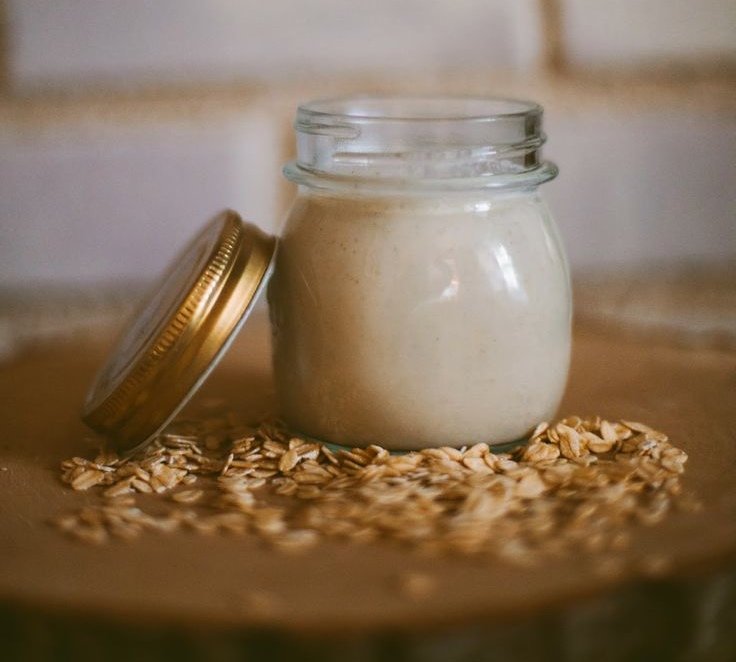Healthy skin is one of the most common health and beauty concerns for people today, and rightfully so. Our skin is our body’s largest organ, and when our skin doesn’t look or feel good, it is exposed for the rest of the world to see.
Masks are among the best forms of natural home skin care. They can be made from a wide variety of ingredients at home to achieve whatever your skin care needs are. Furthermore, most of the ingredients are easy to find and very affordable.

Oatmeal has wonderful properties that can nourish and heal and are good for all skin types. It is hypoallergenic and contains amino acids, which will keep the skin well hydrated. As we all know amino acids have a positive effect upon cells. They can help improve skin that has been scarred and they are more powerful than alpha hydroxyls in terms of smoothing the skin and improving tone and color. Another plus is amino acid is not photosensitive and does not cause irritation that alpha and beta hydroxyls have.
Below are a couple recipes for different skin types. Generally all of these different options will be nourishing and moisturizing.
How to Make an Oatmeal Mask Recipe
From the Eco-Spa of Blue Osa
Ingredients:
2 tbsp honey
2 tbsp of organic oatmeal or whole oat crushed
1 to 2 tbsp milk or water
Directions:
- Mix all ingredients together in a small bowl (adjust the amount of milk depending on how thin or thick you prefer it).
- Smooth over face and throat.
- Leave on for 10 – 15 minutes and rinse off with warm water.
- Optionally, add ylang ylang oil for the essence of Blue Osa.
Recipe #2
You can substitute the water/milk for lemon juice. This is great for oily skin, or if you want to add a little exfoliation. Lemon juice is a fruit acid, AKA alpha hydroxy acid. It works in a similar fashion to salicylic acid, except that it is 100% all natural. It will help exfoliate the skin by reducing the “glue” that causes dead skin cells to stick to the skin.
Relaxation and rejuvenation from the spa at Blue Osa!






